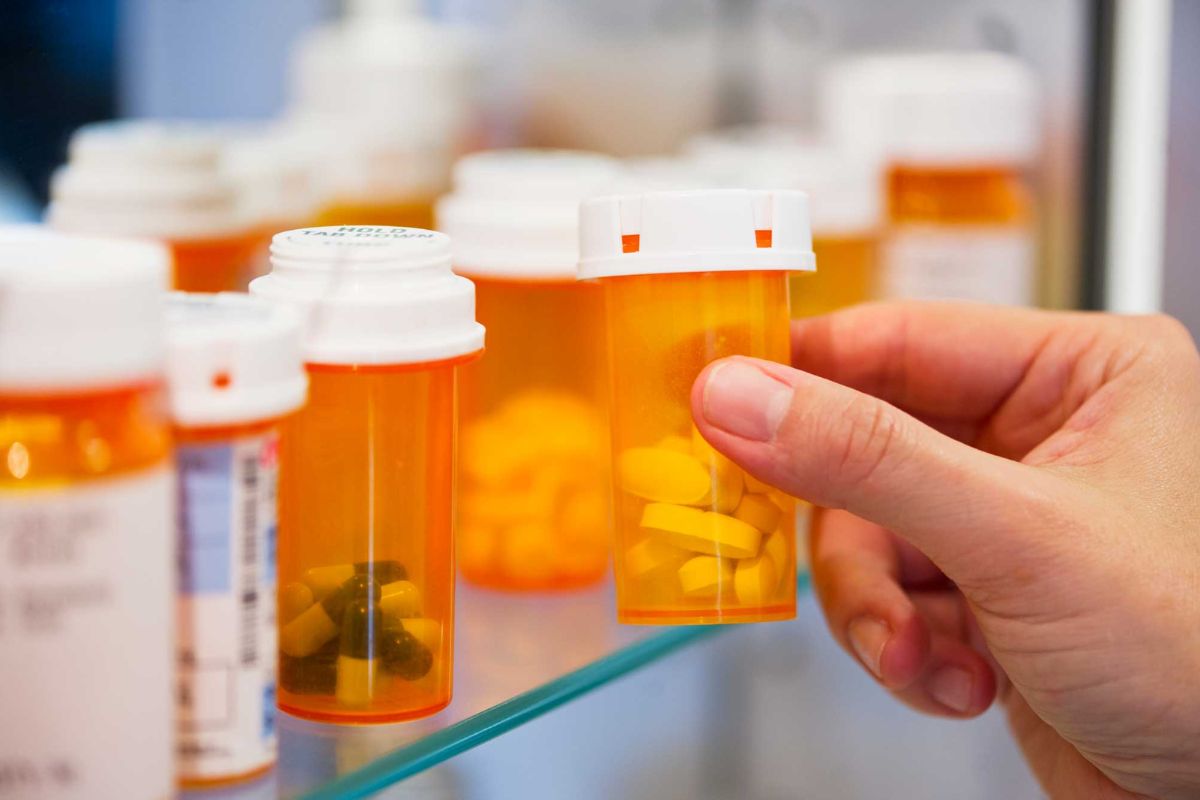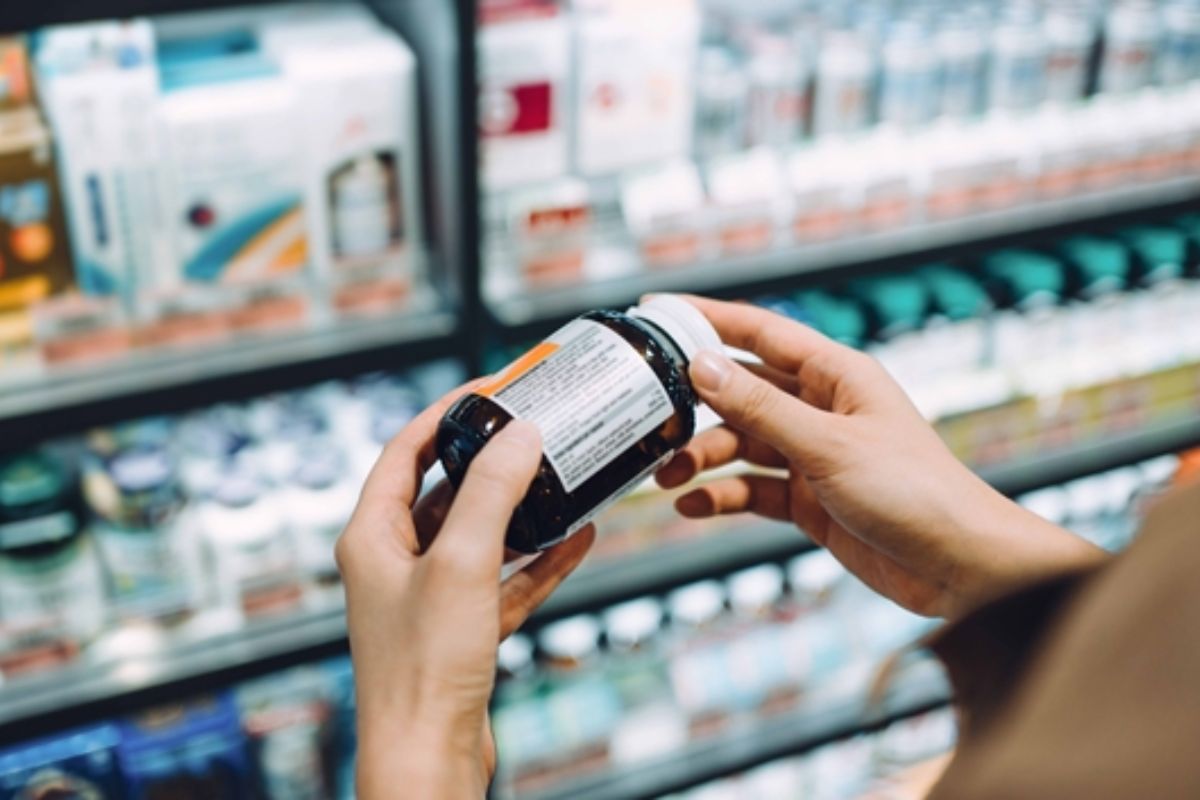US Drug Prices Soar: The relentless surge in drug prices within the U.S. pharmaceutical market during 2023 has set off alarm bells, surpassing the already staggering rates of the previous year. With a 35% increase, the industry seems to be hurtling towards a tipping point that demands closer scrutiny.
As consumers brace themselves for the financial fallout, questions arise about the sustainability of this trajectory and the implications for healthcare accessibility. Amidst this turmoil, one can’t help but wonder what forces are driving this relentless upward climb and what the future holds for patients and the healthcare system as a whole.
Surging Drug Prices in the U.S.
The relentless escalation of drug prices in the United States has become a pressing concern for both consumers and healthcare stakeholders alike. The latest data revealing a 35% surge in drug prices in 2023 compared to the previous year underscores a troubling trend that prioritizes profit over access to essential medications. The median annual list price of $300,000 for new drugs, a significant jump from $222,000 in 2022, highlights the pharmaceutical industry’s unapologetic pursuit of exorbitant pricing strategies, particularly for therapies targeting rare diseases like muscular dystrophy.
This alarming increase in drug prices not only burdens patients already struggling with healthcare costs but also strains the entire healthcare system. As drug prices continue to soar, individuals are forced to make impossible choices between their financial stability and their health. It is imperative for policymakers, regulators, and industry leaders to address this issue urgently to ensure that lifesaving treatments remain accessible to those who need them most. The current trajectory of escalating drug prices is unsustainable and threatens the fundamental principle of healthcare as a right for all individuals.
Orphan Diseases Dominating FDA Approvals
Amid the concerning surge in drug prices, the dominance of orphan diseases in FDA approvals raises critical questions about the pharmaceutical industry’s prioritization of niche markets over broader healthcare accessibility. More than half of the new products approved by the FDA in 2023 were for orphan diseases, impacting fewer than 200,000 Americans. This trend, continuing from the previous year, highlights a shift towards catering to specialized markets. However, this emphasis on rare conditions brings about several contentious issues:
Also Read: Eli Lilly Direct Drug Sales: Pioneering a New Era in Pharma Accessibility
- Equity Concerns: Prioritizing orphan diseases over more prevalent conditions may exacerbate healthcare disparities.
- Profit Motives: The significant investment in orphan drugs raises suspicions about profit-driven motives overshadowing patient welfare.
- Regulatory Oversight: The FDA‘s role in ensuring fair pricing and access to essential medications for all remains questionable.
- Research Allocation: The allocation of resources towards orphan diseases begs the question of whether broader health concerns are being neglected for commercial gains.
Challenges in Pricing and Value Assessment
Pricing strategies in the pharmaceutical industry are facing increasing scrutiny due to the perceived disconnect between drug prices and their actual value in healthcare. While the justification for high drug prices is often linked to the value they bring, concerns linger about the transparency and consistency of these decisions.
The Institute for Clinical and Economic Review (ICER) highlights a troubling trend where drugs, particularly those for rare diseases and cancer, are not priced in alignment with their therapeutic benefits. This discrepancy raises questions about the fairness and equity of current pricing practices.
Moreover, the limited availability of alternative treatments further empowers drug manufacturers during pricing negotiations, creating an imbalance in the market dynamics. As drug prices continue to soar, it is imperative for stakeholders to reevaluate pricing strategies and ensure that the cost of medications reflects their true value to patients and the healthcare system as a whole.
Only through a transparent and value-driven pricing assessment can the industry regain public trust and uphold ethical standards.
Gene Therapies and Market Incentives
As the pharmaceutical industry grapples with pricing challenges and value assessment, the landscape of gene therapies and market incentives emerges as a focal point for both innovation and controversy.
Gene therapies, with their potential to cure genetic diseases with a single treatment, come at a staggering cost ranging from $2.2 million to $3.2 million, raising ethical questions about accessibility and affordability.
The U.S. government’s provision of market exclusivity, funding, and tax credits for orphan treatments incentivizes pharmaceutical companies to invest in these groundbreaking therapies, but also fuels concerns about monopolistic practices and exorbitant pricing.
The 2022 Inflation Reduction Act’s limitation on price increases for Medicare treatments underscores the need for regulatory measures to control the pricing of new medicines, especially high-cost gene therapies.
As the industry grapples with balancing innovation and patient access, the expiration of patents and the introduction of lower-cost generics may offer a reprieve from the relentless escalation of prescription drug prices.
- The high cost of gene therapies poses a moral dilemma in healthcare.
- Government incentives risk creating monopolies in the pharmaceutical market.
- Regulatory frameworks must adapt to control the pricing of innovative treatments.
- The balance between innovation and affordability remains precarious in the pharmaceutical industry.
News In Brief
US Drug Prices Skyrocket: A 35% surge in drug prices during 2023 raises alarms in the pharmaceutical landscape, surpassing the already high rates of the previous year. With a median annual list price of $300,000 for new drugs, concerns mount over the industry’s relentless pursuit of profit, particularly in therapies for rare diseases. The dominance of orphan diseases in FDA approvals raises equity issues, emphasizing commercial motives over patient welfare. Pricing strategies face scrutiny, with a perceived disparity between drug prices and their actual value. As the industry grapples with these challenges, the high cost of gene therapies adds a moral dimension, fueling the debate on accessibility and affordability.
Our Reader’s Queries
Q1 How much has medicine price increased in the US?
A The cost of recently introduced medications exceeded $220,000, marking a significant rise from approximately $180,000 in the initial six months of 2021, indicating a growth of over 20%. This aligns with a drug price study published in JAMA, illustrating that from 2008 to 2021, the launch prices of drugs in the United States experienced an annual increase of 20%.
Q2 Why are drug prices higher in the US?
A In the U.S., discussions with pharmaceutical companies are distributed among numerous health plans, diminishing the negotiating leverage for the buyers. Additionally, other countries meticulously assess the incremental benefits of a new drug compared to existing ones and the associated costs.



